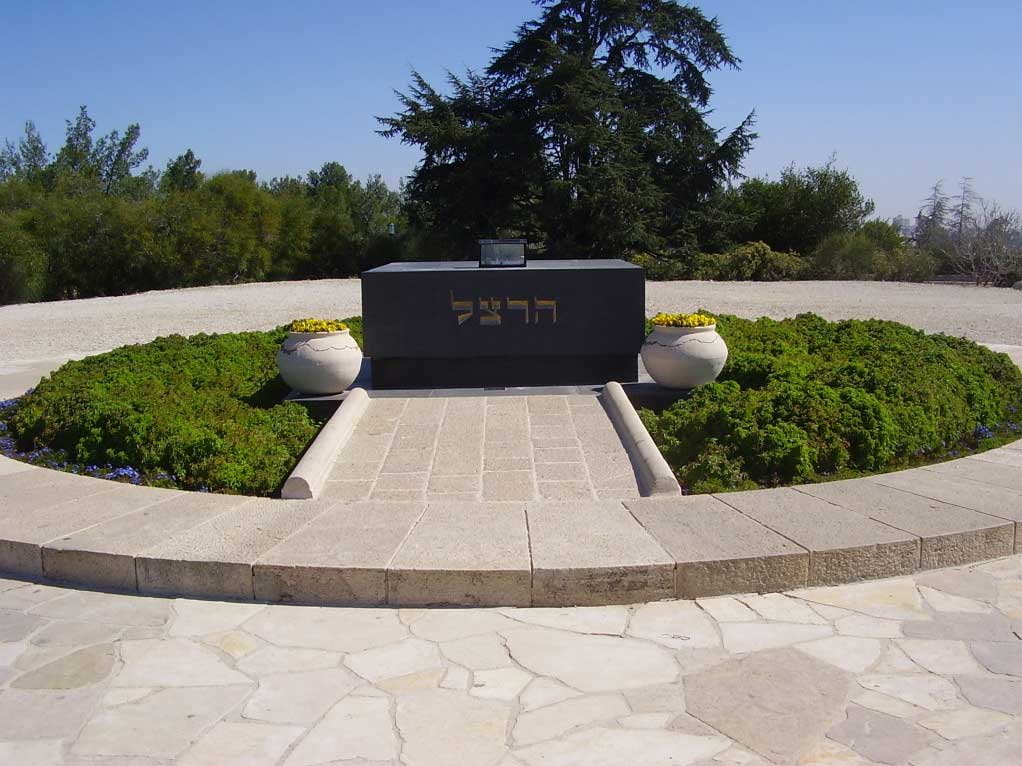9/28/17 Turmoil over a Ceremony
Israel is a confused country. In most places in the world, the announcement that a country’s economic competitive standing had jumped form 24th place to 16th place — on the WEF Globe Competitive Index — would be big news. However, yesterday in Israel, that achievement did not even garner a mention. The headlines of the day surrounded a government sponsored ceremony commemorating the “liberation of Judea, Samaria (the West Bank) and the Golan Heights” 50 years ago, along with the subsequent establishment of settlements there.
The government tribute might have taken place with little public attention, saving the tempest that developed when Miriam Naor, President of Israel’s Supreme Court, instructed all of the justices not to attend the ceremony. Naor’s decision was based on a standing Supreme Court rule that justices should not take part in political events. Naor, whose family background is deeply-rooted in Israel’s right-wing and whose husband had been Cabinet Secretary for legendary right-wing Prime Minister Menachem Begin, concluded that an event marking the beginning of the settlement enterprise — an endeavor which strongly divides the country — is a function in which the Supreme Court should not participate.
Naor’s decision launched a wave of protests by government cabinet members, claiming the commemoration was an official government ceremony and not a political event. Some went on to say that Naor’s action proves she is against the settlements and that it is inappropriate for the Supreme Court to rule on such matters. Over the past few months, the Supreme Court has been the favorite target of Israel’s right-wing. Every time the High Court released a ruling upholding the individual rights of Palestinians, or promoting the freedoms of other weaker elements of the society, it was accused of being a “leftist, elitist institution”. Those unrelenting, single-minded attacks seem to be working, as one taxi driver in Tel Aviv asked yesterday, “Why doesn’t the Justice Minister (Ayelet Shaked) just fire the Chief Justice?”
The machinations around last night’s 50-year commemoration reached a level of absurd, when a settler group petitioned both the Supreme Court and the government to force the High Court to send representatives to the event. In their Supreme Court petition, Regavim, a settler-backed NGO, requested the event be defined as a “national event and not a political event”. The government supported the petitioners, however, the Supreme Court ruled on behalf of itself, declaring the event to indeed be political.
Ironically, the commemoration ceremony took place in Gush Etzion, an area to the north of Jerusalem; a place where Israeli kibbutzim were located prior to 1948, but was captured by the Jordanians in the 1948 War of Independence. Gush Etzion is one of the few settlement areas regarding which there is broad national consensus Israel should retain, regardless of any future peace agreement. The ceremony’s organizers attempted to tie together the community in the Gush with all the rest of the settlements to this celebration— including many of the isolated outposts located close to Palestinian population centers. By generalizing the commemoration to the entire settlement enterprise, they effectively moved the ceremony out of the area of national consensus.
Avi Gabbay, the new head of the Labor Party called the commemoration event “populist” and stated: “We do not accept that Gush Etzion is the same thing as the settlement of Emanuel”. In response, Likud Deputy Foreign Minster Tzipi Hotovely, herself a resident of a settlement on the West Bank declared: “The opposition parties have lost their Zionist sentiment,” she went on to say: “Naor has turned the High Court into a political player”.
Prime Minister Benjamin Netanyahu was one of the main speakers at the rally, and proclaimed: “Never again will we remove a settlement”.
All of this uproar took place against the background of a terror attack yesterday, in which three Israelis were killed at the gates to an upper middle-class village, located outside Jerusalem, alongside a renewed push-for-peace by Donald J. Trump’s administration. It should be noted that despite his proclamation at the commemorative ceremony, Netanyahu has frozen all approvals on additional building in the West Bank. The Prime Minister reportedly informed/representatives of the Settler Movement that Trump Administration representatives had told him Israel should not be “Chazers” (meaning, pigs) when it comes to settlements. In other words, despite the Trump administration’s affinity with the Netanyahu government, the Israeli government had better not abuse the trust being afforded them.
To parts of Netanyahu’s coalition, like the National Religious party (called HaBayit HaYehudi), the settlements are their most important agenda item. For them, there is absolutely no circumstance, whatsoever, under which any part of the Land of Israel can be given up. While this collective is in the distinct minority, they have managed to leverage the fear many Israelis harbor — i.e., that the Palestinians will never be satisfied with anything less that Israel’s destruction — into continued support for their actions expanding the settlements. Many Israelis believe the settlements represent a ticking time bomb that will either end Israel’s democracy, or its status as a Jewish State. Most Israelis, however, seem trapped between the two points of view; unable to decide and unable to find an acceptable alternative.
While the ceremony commemorating a half century of the settlement enterprise was taking place at Gush Etzion, a second ceremony was in progress at Mt. Herzl, the burial site of Theodor Herzl, father of modern Zionism. The Mt. Herzl ceremony marked 120 years since the opening of the First Zionist Congress. MK Yitzhak “Bougie” Herzog, grandson of Israel’s first Chief Rabbi, son of the head of Israel’s Military Intelligence and President of Israel from 1983-1993, who himself is the official head of the opposition, lamented at the ceremony — “I think the main threat to Israel’s existence comes from within.”

 >
>